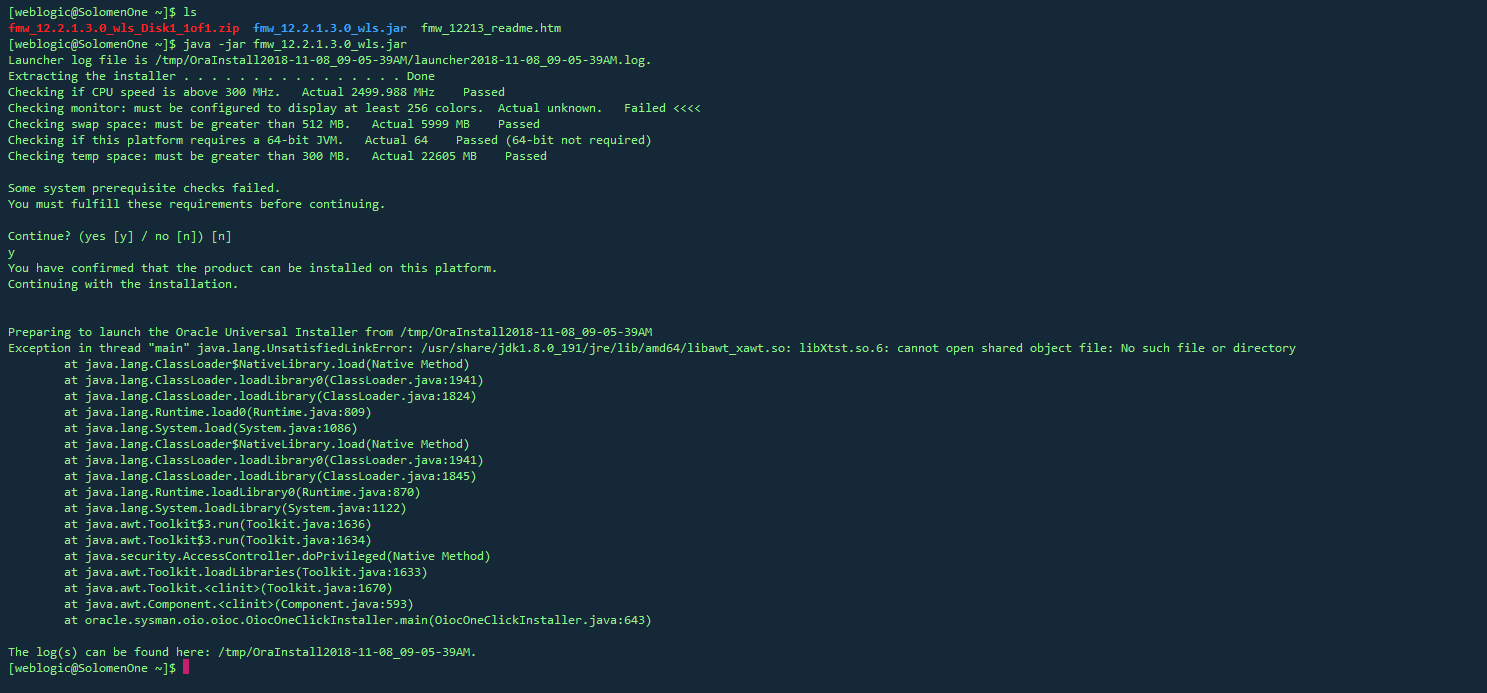In MySQL, If I have a list of date ranges (range-start and range-end). e.g.
10/06/1983 to 14/06/1983
15/07/1983 to 16/07/1983
18/07/1983 to 18/07/1983
And I want to check if another date range contains ANY of the ranges already in the list, how would I do that?
e.g.
06/06/1983 to 18/06/1983 = IN LIST
10/06/1983 to 11/06/1983 = IN LIST
14/07/1983 to 14/07/1983 = NOT IN LIST
This is a classical problem, and it\'s actually easier if you reverse the logic.
Let me give you an example.
I\'ll post one period of time here, and all the different variations of other periods that overlap in some way.
|-------------------| compare to this one
|---------| contained within
|----------| contained within, equal start
|-----------| contained within, equal end
|-------------------| contained within, equal start+end
|------------| not fully contained, overlaps start
|---------------| not fully contained, overlaps end
|-------------------------| overlaps start, bigger
|-----------------------| overlaps end, bigger
|------------------------------| overlaps entire period
on the other hand, let me post all those that doesn\'t overlap:
|-------------------| compare to this one
|---| ends before
|---| starts after
So if you simple reduce the comparison to:
starts after end
ends before start
then you\'ll find all those that doesn\'t overlap, and then you\'ll find all the non-matching periods.
For your final NOT IN LIST example, you can see that it matches those two rules.
You will need to decide wether the following periods are IN or OUTSIDE your ranges:
|-------------|
|-------| equal end with start of comparison period
|-----| equal start with end of comparison period
If your table has columns called range_end and range_start, here\'s some simple SQL to retrieve all the matching rows:
SELECT *
FROM periods
WHERE NOT (range_start > @check_period_end
OR range_end < @check_period_start)
Note the NOT in there. Since the two simple rules finds all the non-matching rows, a simple NOT will reverse it to say: if it\'s not one of the non-matching rows, it has to be one of the matching ones.
Applying simple reversal logic here to get rid of the NOT and you\'ll end up with:
SELECT *
FROM periods
WHERE range_start <= @check_period_end
AND range_end >= @check_period_start
Taking your example range of 06/06/1983 to 18/06/1983 and assuming you have columns called start and end for your ranges, you could use a clause like this
where (\'1983-06-06\' <= end) and (\'1983-06-18\' >= start)
i.e. check the start of your test range is before the end of the database range, and that the end of your test range is after or on the start of the database range.
If your RDBMS supports the OVERLAP() function then this becomes trivial -- no need for homegrown solutions. (In Oracle it apparantly works but is undocumented).
In your expected results you say
06/06/1983 to 18/06/1983 = IN LIST
However, this period does not contain nor is contained by any of the periods in your table (not list!) of periods. It does, however, overlap the period 10/06/1983 to 14/06/1983.
You may find the Snodgrass book (http://www.cs.arizona.edu/people/rts/tdbbook.pdf) useful: it pre-dates mysql but the concept of time hasn\'t changed ;-)
I created function to deal with this problem in MySQL. Just convert the dates to seconds before use.
DELIMITER ;;
CREATE FUNCTION overlap_interval(x INT,y INT,a INT,b INT)
RETURNS INTEGER DETERMINISTIC
BEGIN
DECLARE
overlap_amount INTEGER;
IF (((x <= a) AND (a < y)) OR ((x < b) AND (b <= y)) OR (a < x AND y < b)) THEN
IF (x < a) THEN
IF (y < b) THEN
SET overlap_amount = y - a;
ELSE
SET overlap_amount = b - a;
END IF;
ELSE
IF (y < b) THEN
SET overlap_amount = y - x;
ELSE
SET overlap_amount = b - x;
END IF;
END IF;
ELSE
SET overlap_amount = 0;
END IF;
RETURN overlap_amount;
END ;;
DELIMITER ;
Look into the following example. It will helpful for you.
SELECT DISTINCT RelatedTo,CAST(NotificationContent as nvarchar(max)) as NotificationContent,
ID,
Url,
NotificationPrefix,
NotificationDate
FROM NotificationMaster as nfm
inner join NotificationSettingsSubscriptionLog as nfl on nfm.NotificationDate between nfl.LastSubscribedDate and isnull(nfl.LastUnSubscribedDate,GETDATE())
where ID not in(SELECT NotificationID from removednotificationsmaster where Userid=@userid) and nfl.UserId = @userid and nfl.RelatedSettingColumn = RelatedTo
Try This on MS SQL
WITH date_range (calc_date) AS (
SELECT DATEADD(DAY, DATEDIFF(DAY, 0, [ending date]) - DATEDIFF(DAY, [start date], [ending date]), 0)
UNION ALL SELECT DATEADD(DAY, 1, calc_date)
FROM date_range
WHERE DATEADD(DAY, 1, calc_date) <= [ending date])
SELECT P.[fieldstartdate], P.[fieldenddate]
FROM date_range R JOIN [yourBaseTable] P on Convert(date, R.calc_date) BETWEEN convert(date, P.[fieldstartdate]) and convert(date, P.[fieldenddate])
GROUP BY P.[fieldstartdate], P.[fieldenddate];
CREATE FUNCTION overlap_date(s DATE, e DATE, a DATE, b DATE)
RETURNS BOOLEAN DETERMINISTIC
RETURN s BETWEEN a AND b or e BETWEEN a and b or a BETWEEN s and e;
Another method by using BETWEEN sql statement
Periods included :
SELECT *
FROM periods
WHERE @check_period_start BETWEEN range_start AND range_end
AND @check_period_end BETWEEN range_start AND range_end
Periods excluded :
SELECT *
FROM periods
WHERE (@check_period_start NOT BETWEEN range_start AND range_end
OR @check_period_end NOT BETWEEN range_start AND range_end)
SELECT *
FROM tabla a
WHERE ( @Fini <= a.dFechaFin AND @Ffin >= a.dFechaIni )
AND ( (@Fini >= a.dFechaIni AND @Ffin <= a.dFechaFin) OR (@Fini >= a.dFechaIni AND @Ffin >= a.dFechaFin) OR (a.dFechaIni>=@Fini AND a.dFechaFin <=@Ffin) OR
(a.dFechaIni>=@Fini AND a.dFechaFin >=@Ffin) )


